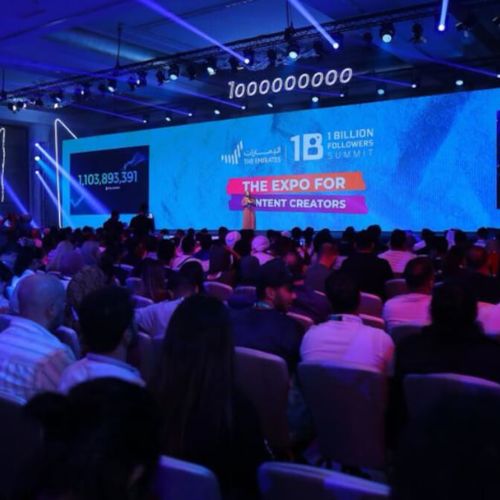Low-cost airline Air India Express plans to run 40% more flights next fiscal year as a result of fleet expansion, sources said Wednesday.
At the same time, the airline will focus more on consolidating local lines and will not add many destinations, while the foreign network may see a slight expansion, according to individuals familiar with the situation.
Air India Express now runs 350 daily flights and has a fleet of 69 aircraft.
It has around 1,300 pilots, including 400 from AirAsia India and another 400 in training.
According to insiders, Express plans to launch flights to Nepal, Bangladesh, and Sri Lanka during the next summer schedule.
According to insiders, Express plans to launch flights to Nepal, Bangladesh, and Sri Lanka during the next summer schedule.
They also stated that Air India Express will complete the acquisition of its 50 white-tail Boeing 737 Max jet order by December of this year, after inducting 13-14 planes thus far.
According to sources, the airline expects to finalize its merger with AirAsia India by the second quarter of the following fiscal year.
Air India Express expects all of AirAsia India’s fleet to be on its air operator permit by July-August of this year when the approaching merger is completed.
It currently has three A320neo aircraft from the Airasia India fleet under its air operator authorization.
Air India is one of India’s largest airlines, offering both international and local travel. Air India exclusively provides passenger transport services, hence it is devoted to providing the finest possible service to its clients.
A look at the marketing mix product strategy begins with knowing its offerings to clients. Air India’s passenger fleet comprises mostly of Boeing and Airbus aircraft. It also rents some of its fleet to save money while maintaining high-quality service.
It features a broad network of international connections that link India. Air India’s extensive network enables it to provide services in the world’s most major cities and business areas.
It delivers a high degree of safety for its passengers and adheres to excellent safety standards to guarantee that they return for future service. Air India maintains a strong brand recall among its competitors in the airline business by offering premium club memberships to its passengers and a fly returns program for regular passengers.
Air India is a prominent airline in India, with a pricing policy based on competition and the industries it serves. Keeping in mind that Air India is a widely sought-after airline in India, airline tickets are priced such that middle-class families can easily afford them.
Air India has a two-part pricing strategy to maximize revenues by capitalizing on the purchasing power of various groups of the population with varying income levels.
They do not compromise on service quality, thus the primary approach used when determining the price is based on the length of the route and the amount of time required to go. Premium pricing is largely used to target business-class customers, who are more likely to pay for and receive premium services.















